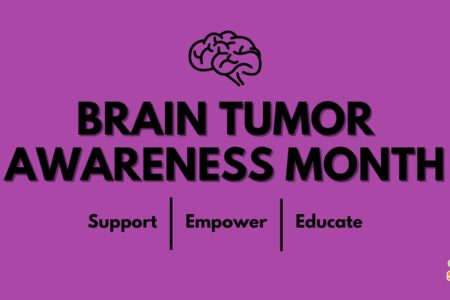Share On Social!
Some people may have thought after watching the latest movie, The Martian, that a trip to Mars and growing food on Mars might be possible, but not till many light years from now.
The movie is not far from real science.
NASA revealed on October 5th in a recent article, that growing plants in space is an actual reality while also announcing a growing partnership with USDA.
This partnership, signed by Deputy Secretary Krysta Harden from USDA and Deputy Administrator Dava Newman from NASA, declares that both the organizations are committed to inspiring young minds toward future careers in science, technology, engineering mathematics and agriculture.
What is the science behind growing veggies in space?
NASA’s plant-growth system, called Veggie, has allowed astronauts to use science to grow harvests of red romaine lettuce. The science behind this growth is called, “rooting pillows” which are pockets of materials that ignite plant growth and along with various colored LED lights. This has actually been tested in microgravity at the International Space Station and was proven successful for edible produce.
Astronauts and scientists know the importance of nutrition, and hopefully will influence to students interested in space and science to eat healthy nutritious foods. This science may also help Latinos living in areas with little access to healthy foods, work with schools and technology to make healthy foods easily accessible for all.
Dr. Ray Wheeler, a lead for Advanced Life Support activist in the Exploration Research and Technology Programs office at Kennedy Space Center, has been testing the science behind healthy foods and growing with LED lights along with many others for years.
“There is evidence that supports fresh foods, such as tomatoes, blueberries, and red lettuce are a good source of antioxidants. Having fresh food like these available in space could have a positive impact on people’s moods and also could provide some protection against radiation in space,” Wheeler explains on NASA’s website.
To learn more, watch the video below, or click here.
By The Numbers
142
Percent
Expected rise in Latino cancer cases in coming years



